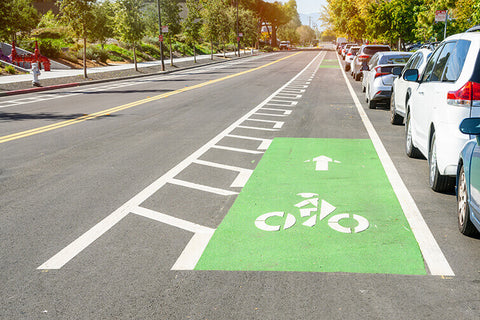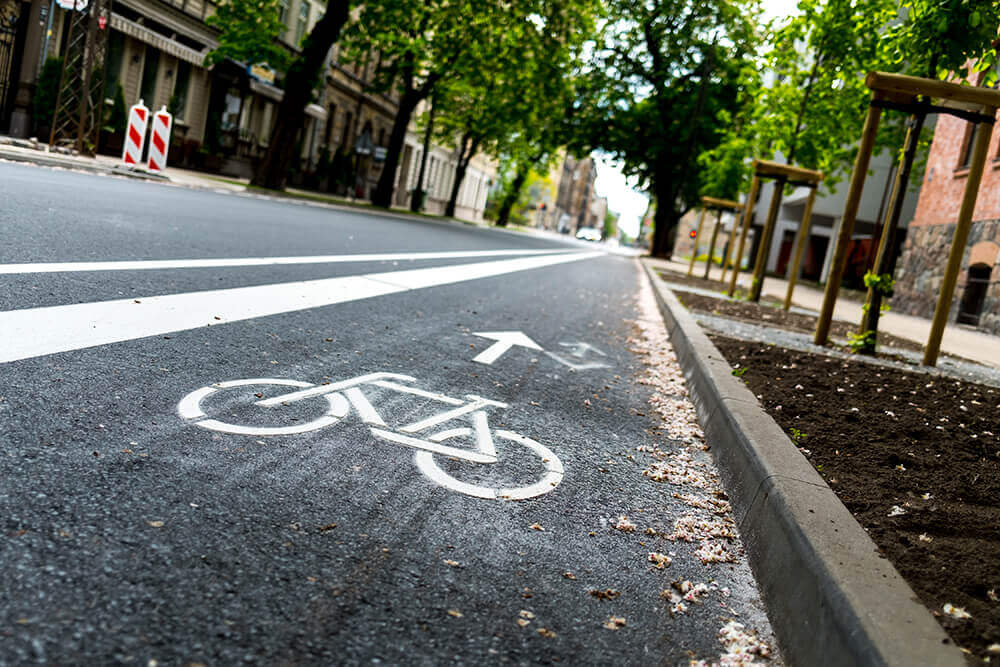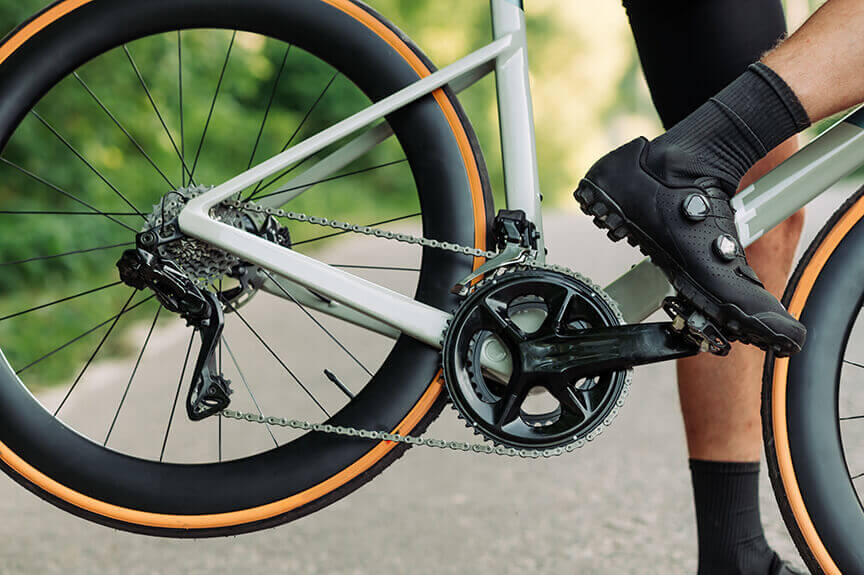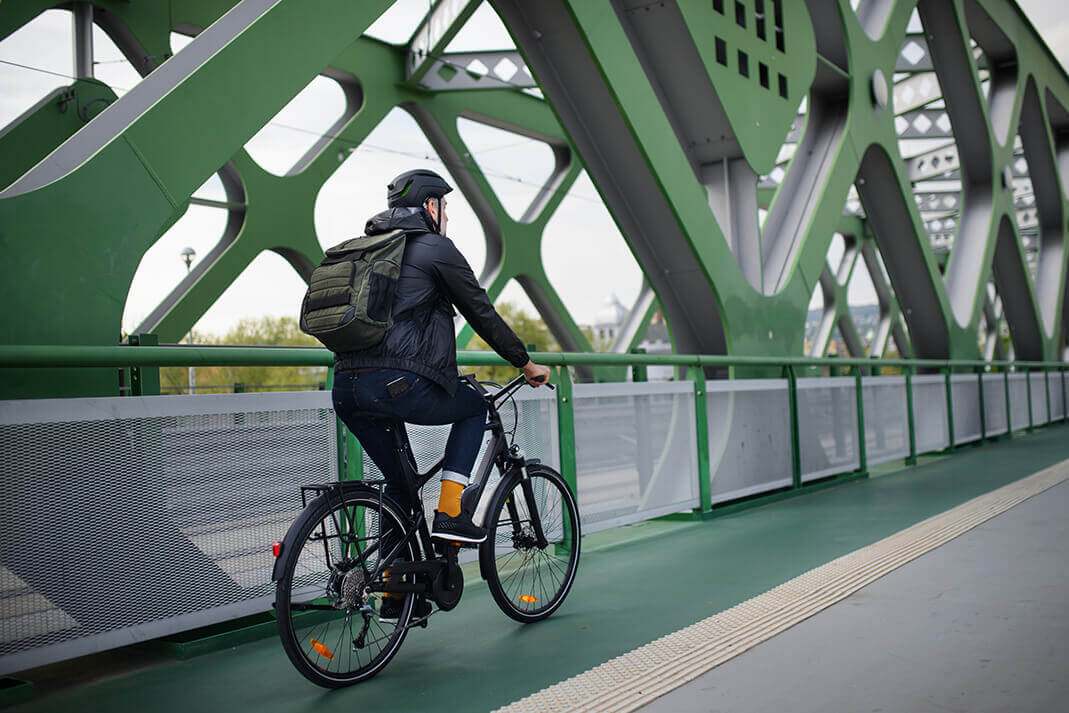‘Sharing the roadway’ isn’t just about courtesy; it’s about safety. This guide dives into the core principles and precise actions you should take to ensure every journey is a safe one for you and those around you.
Key Takeaways
- All road users, including motorists, bicyclists, and motorcyclists, share the same rights and responsibilities and must adhere to traffic laws, maintaining caution and safety for harmonious travel.
- Proper use of bike lanes and traffic signals is critical for preventing accidents, with motorists needing to respect bike lanes and exercise caution when merging or changing lanes.
- Road safety is heavily dependent on maintaining safe distances and appropriate speeds, being vigilant around parked vehicles, and efficiently communicating intentions using hand and turn signals.
Understanding the Rights and Responsibilities of Road Users

On the road, understanding the rights and responsibilities of all users is the first step towards safe coexistence. All road users, whether they’re motorists, bicyclists, or even operators of horse-drawn carriages, have the same rights and duty to adhere to traffic laws and uphold the rules of the road. This shared responsibility for caution and safety is the bedrock of a harmonious road environment, where everyone moves in the same direction.
If you are riding on a bicycle or motorcycle, be sure to keep you phone fully charged and securely mounted to your handlebars. A phone charge case and bike phone mount will allow you to keep your phone in view while you ride, so you won't be fumbling around if you need to use your phone.
Bicyclists
Bicyclists, considered among the most vulnerable road users, are bound by the same rules as motor vehicles. However, because they are harder to spot, extra caution is required from drivers. Whether it’s making a left turn or navigating through traffic, bicyclists have the right to use the entire lane, especially when it’s too narrow for a car and a bicycle to share.
Drivers should keep an eye out for bicycle riders who may need to avoid road hazards or make abrupt changes in direction.
Motorcyclists
Motorcyclists, akin to bicyclists, bear identical rights and responsibilities as other road vehicles. Despite their smaller size, which can reduce their visibility, motorcyclists are required to follow the same traffic laws. As they are more vulnerable to injuries in the event of accidents, drivers should remain vigilant and ensure they give motorcyclists enough room to maneuver.
Navigating Bike Lanes and Traffic Lanes

Using bike and traffic lanes correctly plays a pivotal role in ensuring road safety. Bike lanes, marked by a solid white line or sometimes painted a bright green for visibility, are specifically designated for bicyclists. Drivers should respect these lanes, merging into them only when necessary, such as when making right turns.
Awareness and respect for these lanes can significantly reduce the risk of collisions and enhance the safety of all road users.
Using bike lanes properly
Bike lanes, also known as bicycle lane, serve as a safe haven for bicyclists on the road. Misuse of these lanes, including the improper use of a single bike lane, by drivers can result in dangerous situations like right hooks and left crosses. Therefore, drivers should respect these spaces and merge into them only when absolutely necessary.
Doing so can prevent unexpected collisions and ensure the safety of bicyclists.
Merging and changing lanes
The process of merging and changing lanes necessitates considerable attention and caution. Drivers should always use signals, check their mirrors, and conduct a quick shoulder check to ensure it’s safe to move.
Proper use of traffic signals can help prevent confusion, allowing other road users to anticipate your movements and adjust their driving behavior accordingly.
Maintaining Safe Distances and Speeds

Another vital facet of road safety is the upkeep of secure distances and suitable speeds. As your speed increases, so does your stopping distance, making it challenging to stop quickly in an emergency. It’s crucial to adapt your speed based on the flow of traffic and road conditions.
By respecting safe distances, you can react to unexpected events and avoid collisions.
Passing other vehicles
Overtaking other vehicles demands careful judgment and sufficient room. When overtaking, it’s crucial to ensure you can see the entire front of the vehicle you are passing before merging back into your lane. Remember, when passing bicycles, maintain a minimum safe passing distance of three feet.
Adjusting speed in different conditions
Modulating your speed in accordance with road conditions, traffic, and other road users is a significant safety precaution. Whether it’s reducing speed on wet or icy roads, or slowing down in heavy traffic or pedestrian areas, the ability to adjust speed accordingly can significantly enhance road safety.
Dealing with Parked Vehicles and Car Doors
The presence of parked vehicles and opening car doors represent possible threats on the road. As a driver, it’s essential to exercise caution when driving near parked vehicles to avoid potential collisions.
It’s equally important to ensure that you check your mirrors before opening your car door, especially in areas with heavy bike traffic.
Watching for opening car doors
The abrupt opening of car doors can result in a perilous situation. Keeping a safe distance from parked cars, approximately a meter away, can help avoid potential ‘dooring’ accidents.
Always check your mirrors before opening your car door, especially in areas with heavy bike traffic.
Safely navigating around parked cars
Circumventing parked cars necessitates vigilance and caution. Always check for pedestrians and other obstacles before driving around a parked vehicle. Reducing your speed and maintaining a safe distance can help you react quickly if a car door opens or a pedestrian steps into the road.
Communicating with Hand Signals and Turn Signals
Effective communication, underpinned by the use of hand and turn signals, as well as traffic signs, forms the bedrock of road safety. This practice provides other road users with the necessary time to react and adjust their driving in response to your intentions. This simple act can make a significant difference in preventing accidents and ensuring the safety of all road users.
Bicyclist hand signals
Hand signals serve as a means for bicyclists to broadcast their intentions on the road. Ranging from signaling a turn to indicating a stop, these signs assist drivers in foreseeing their movements and responding in kind.
By understanding and respecting these signals, drivers can contribute significantly to road safety.
Motorist turn signals
Motorists, much like bicyclists, are encouraged to utilize their turn signals as a communication tool for their intentions on the road. Whether you’re changing lanes or preparing to make a turn, using your turn signal gives other road users ample time to adjust their driving behavior.
Remember, it’s not just about signaling your intentions - it’s about ensuring everyone’s safety.
Special Considerations for Large Trucks and Horse-Drawn Carriages
Road sharing extends beyond the realm of cars and bikes. It also accommodates large commercial vehicles such as trucks and non-motorized transport modes like horse-drawn carriages. Understanding their special considerations, from their operational constraints to their unique vulnerabilities, is crucial for ensuring road safety.
Large truck limitations
The operation of large commercial vehicles, including slow moving vehicles, presents its unique array of challenges. From extensive blind spots to longer stopping distances, large trucks require extra attention from other road users. Understanding these limitations can help drivers navigate safely around these large vehicles and avoid potential accidents.
Approaching horse-drawn carriages
While horse-drawn carriages harken back to a time preceding the emergence of motor vehicles, they are more than mere novelties. They represent a valid form of transport we may come across on our roads. When approaching horse-drawn carriages, it’s important to reduce your speed and pass cautiously to avoid startling the horses and ensure the safety of everyone involved.
Road Hazards and Obstacle Avoidance
The driving experience inevitably involves dealing with road hazards and obstacles. Some common road hazards and obstacles include:
- Potholes
- Uneven surfaces
- Debris on the road
- Obstacles such as fallen branches or construction materials
Preparation for these situations can spell the difference between a safe journey and a hazardous scenario.
By maintaining a safe following distance and staying alert, you can navigate these hazards safely and prevent potential accidents.
Potholes and uneven surfaces
Potholes and uneven surfaces pose a significant risk to all road users. Spotting these hazards early and adjusting your speed accordingly can help prevent damage to your vehicle and reduce the risk of accidents. The key is to stay vigilant and proactive in identifying potential hazards.
Debris and obstacles
Road debris and obstacles can present unforeseen risks. Whether it’s a fallen tree branch, an animal carcass, or a broken piece of furniture, navigating around these obstacles safely is crucial.
Always maintain a safe following distance, reduce your speed, and signal your intentions to other road users when maneuvering around these obstacles.
Summary
Sharing the road is a collective responsibility. Whether we’re drivers, bicyclists, or operators of horse-drawn carriages, we each have a role to play in ensuring the safety of our roads. From understanding the rights and responsibilities of all road users, to communicating our intentions through hand signals and turn signals, to navigating around parked vehicles and dealing with road hazards, each action we take has a significant impact on road safety. So, let’s keep these tips in mind and work together to make our roads safer for everyone.
Frequently Asked Questions
What does it mean to share the roadway?
Sharing the roadway means actively sharing the road with other vehicles, pedestrians, bicyclists, and large vehicles, and following the same rules as other roadway users. Always use caution when driving around different types of road users to ensure everyone travels safely.
When you are sharing the road with a bicyclist?
When sharing the road with a bicyclist, remember to yield to them at intersections if they have the right of way and pass them only when it's safe to move into an adjacent lane, while maintaining a distance of at least 3 feet when passing (2021).
How can drivers share the road responsibly?
Drivers can share the road responsibly by staying focused, avoiding distractions like cell phones, and respecting pedestrians and bicyclists. Providing ample space when passing and using signals to communicate intentions are also important for responsible road sharing.
What can you do to help share the road with other users?
To help share the road with other users, be cautious around bicyclists and yield to pedestrians and cyclists, as they have the right of way in most situations. Look out for motorcyclists and use turn signals to communicate effectively with other road users.
What are the rights and responsibilities of bicyclists?
Bicyclists have the same rights and responsibilities as motor vehicle drivers, including the right to use the entire lane and the obligation to follow traffic laws.




Leave a comment
This site is protected by hCaptcha and the hCaptcha Privacy Policy and Terms of Service apply.